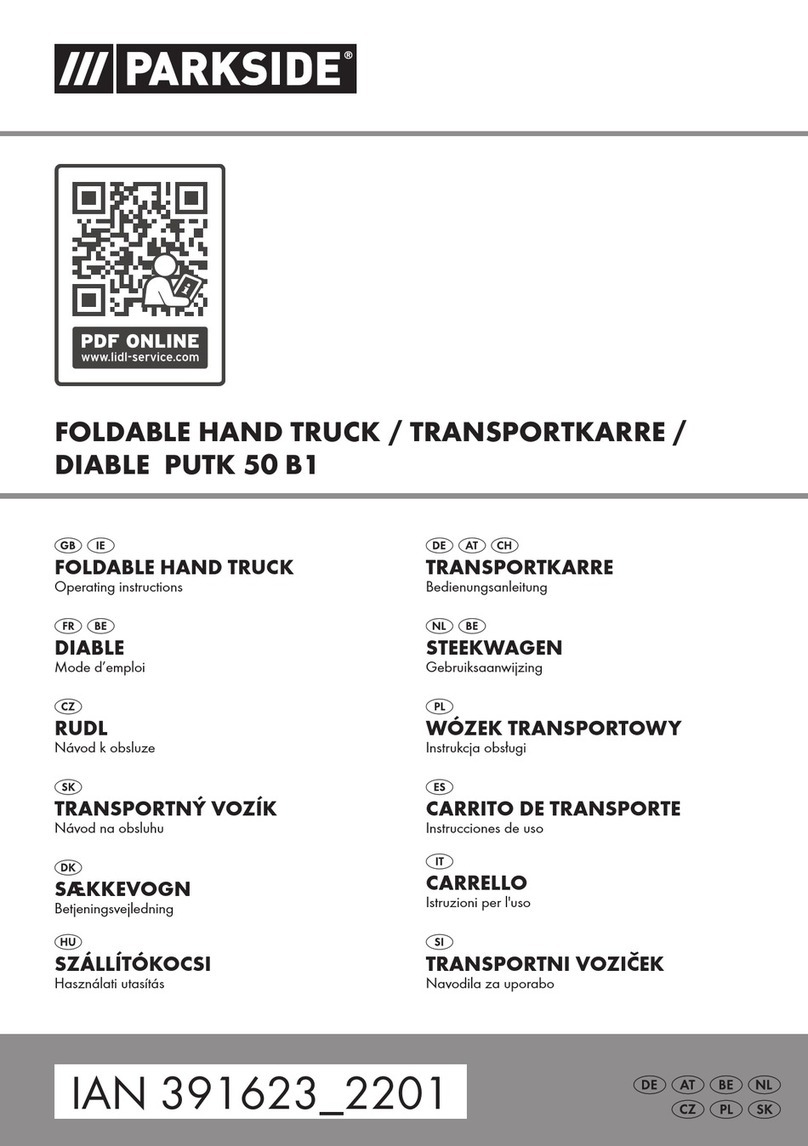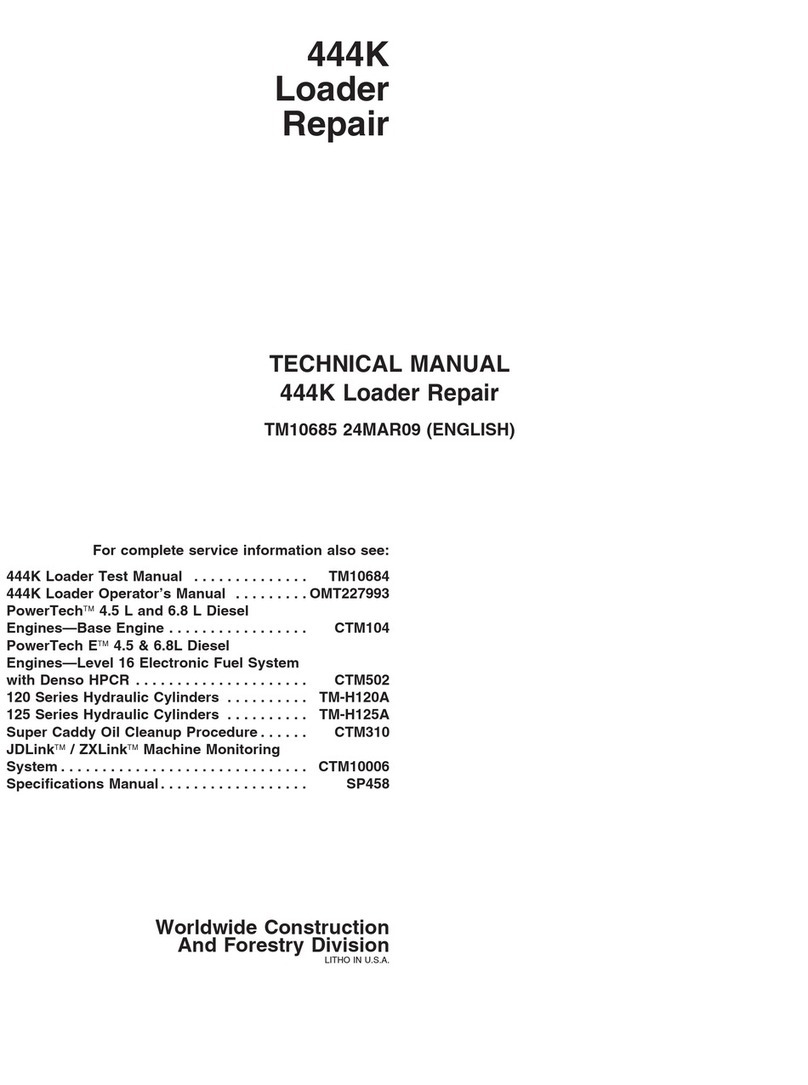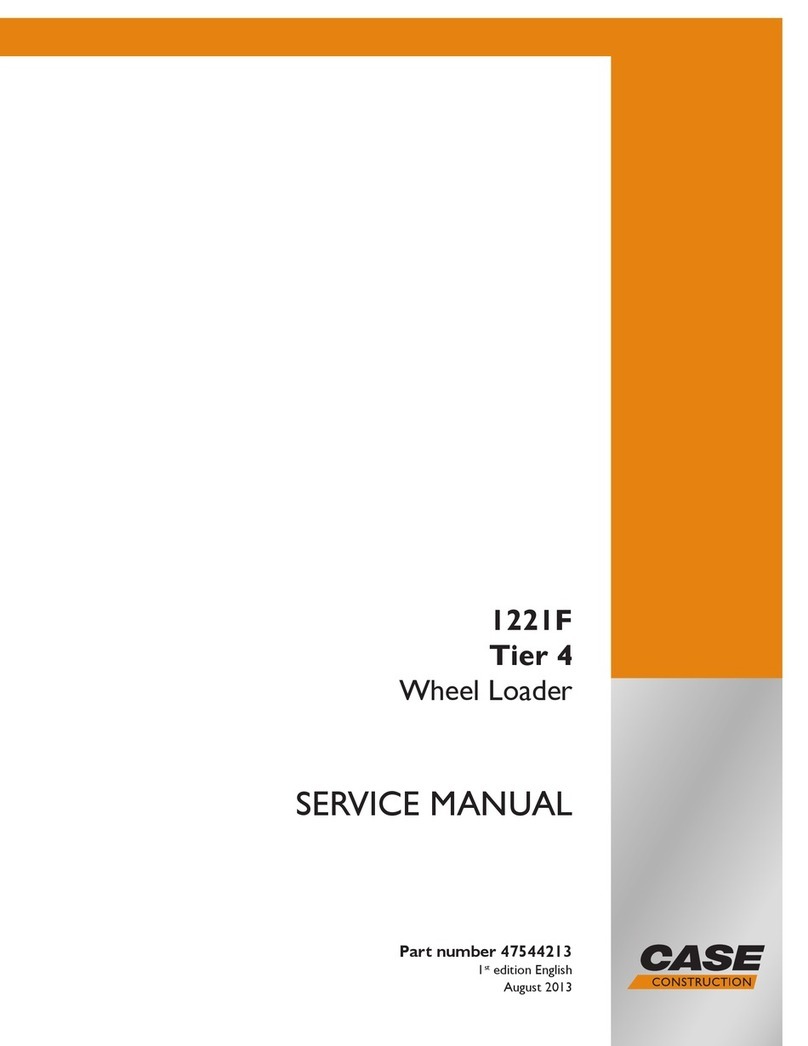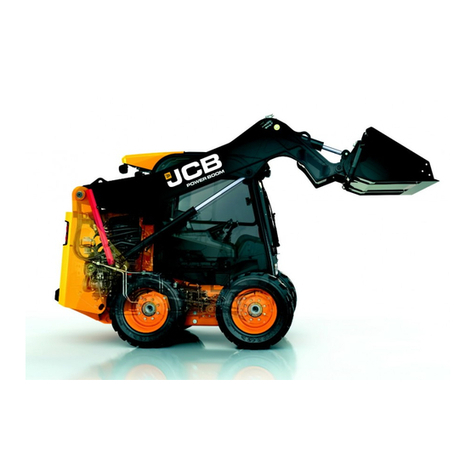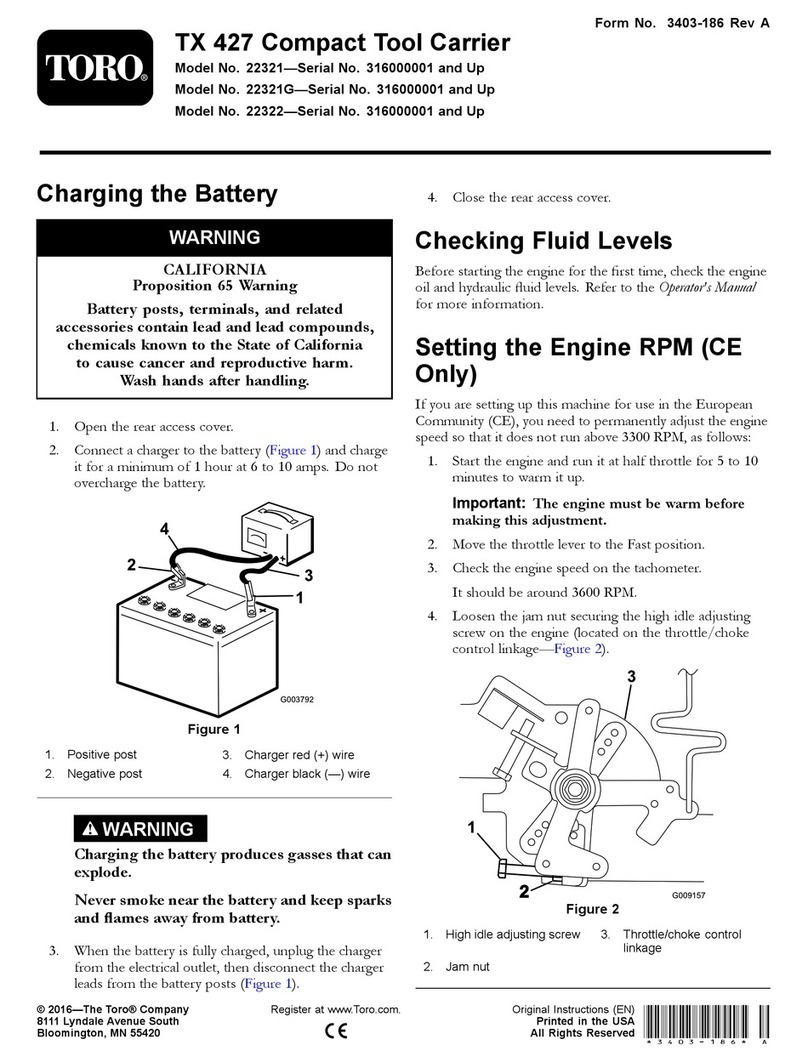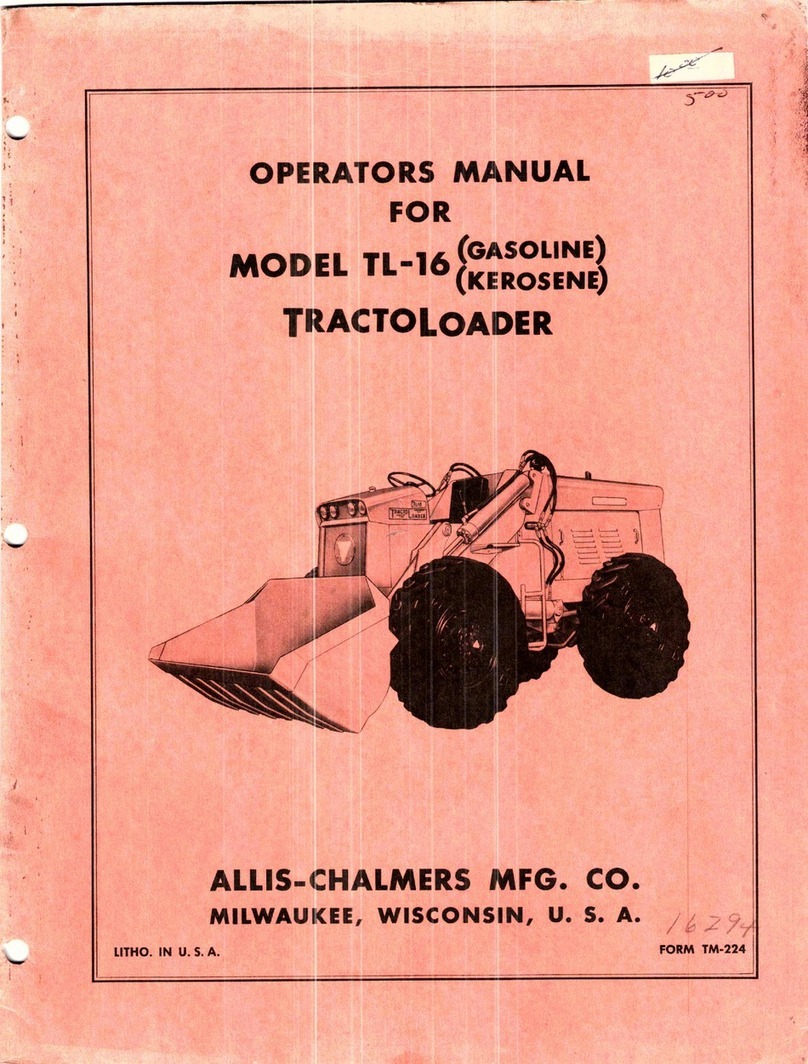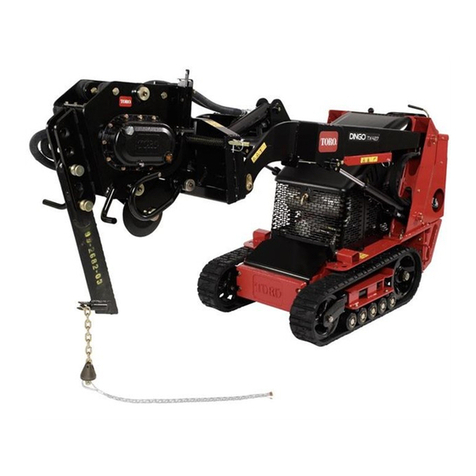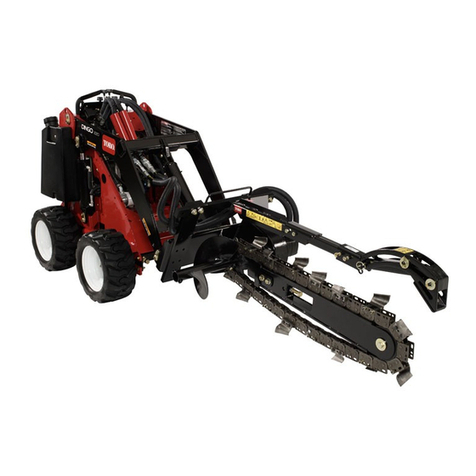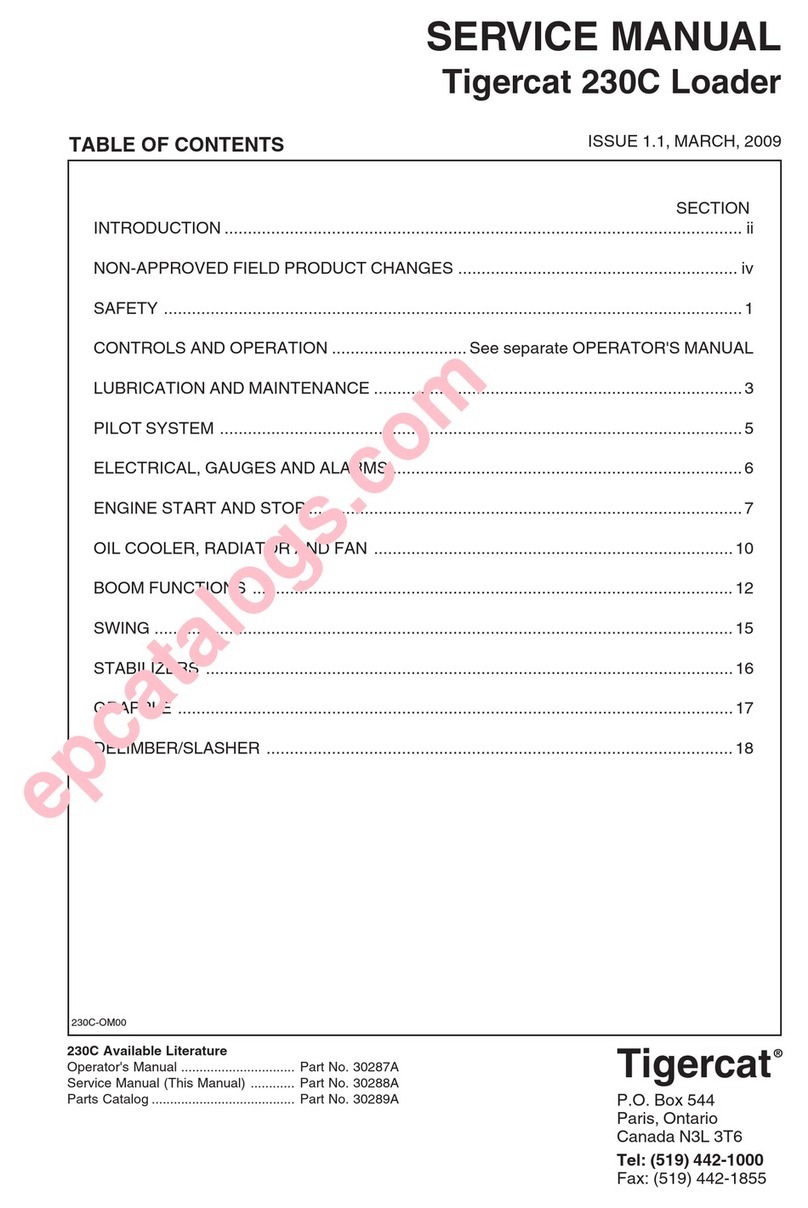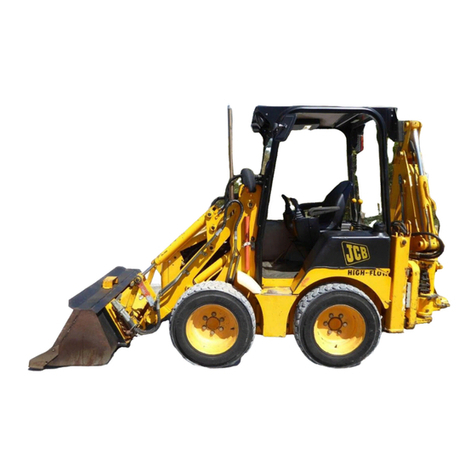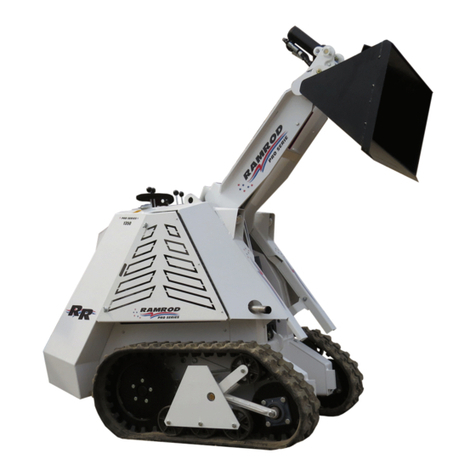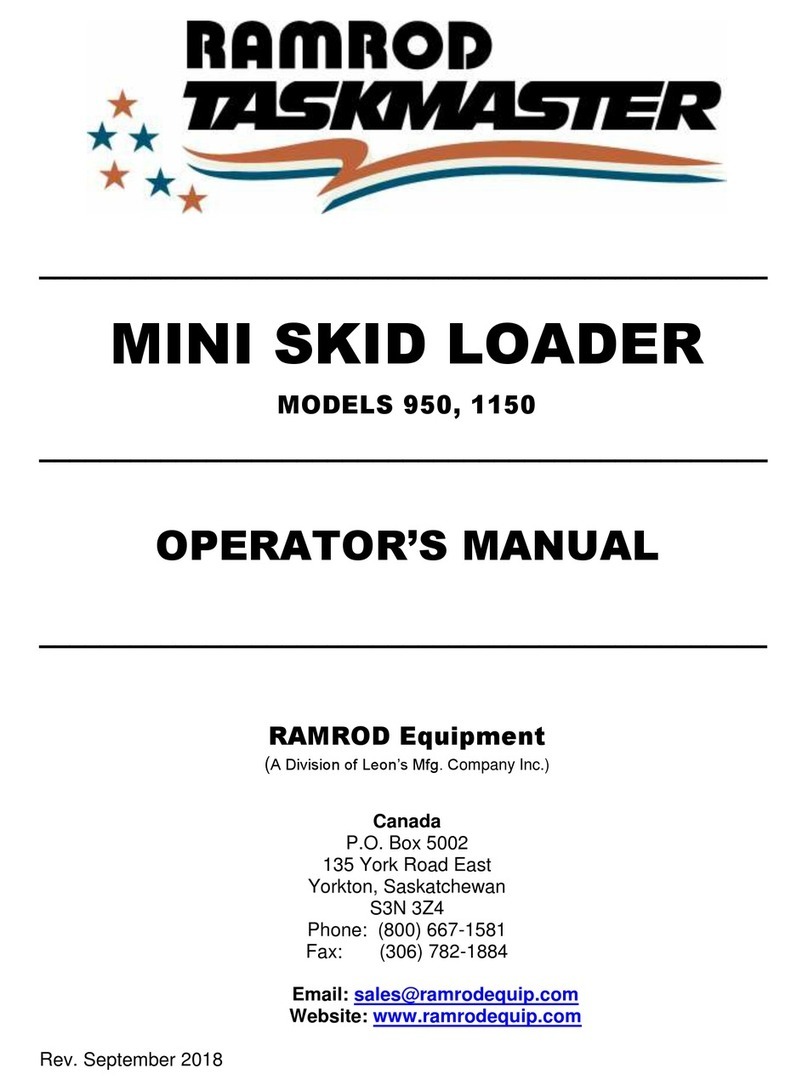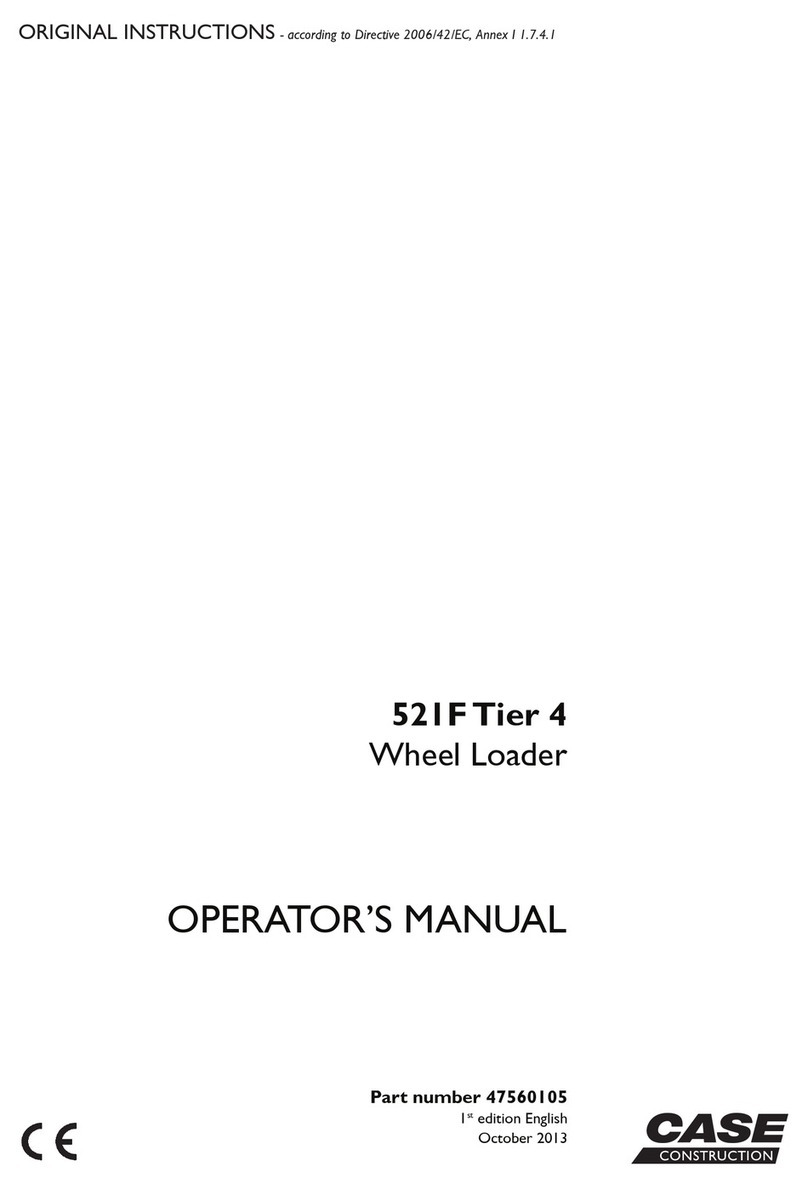- BATTERY CHARGING AND REPLACEMENT
•
Only qualified personnel are allowed to service or charge the batteries. The
instructions of this handbook and from the battery- manufacturer must be observed.
•
These batteries are maintenance free; re- filling is prohibited.
•
Recycling of batteries undergoes national regulations. Please follow all
regulations.
•
When handling batteries, open fire is prohibited, gases could causeexplosion!
•
In the area of battery charging neither burning materials nor burning liquids are
allowed. Smoking is prohibited and the area must be ventilated.
•
Park the PLD securely before starting charging or installing/changing the batteries
•
Before finishing the maintenance work, make sure, that all cables are connected
correctly and that there is no contact with other components of the PLD.
The PLD is equipped with following
sealed liquid acid batteries:
•
2 pc 12V/ 85Ah(C5)
•
Optional: 2 pc 12V/ 106Ah
ONLY USE SEALED LIQUID ACID BATTERIES.
THE WEIGHT OF THE BATTERIES WILL AFFECT THE
PLD’S OPERATING BEHAVIOR.
PLEASE CONSIDER THE MAXIMUM OPERATING
TEMPERATURE OF THE BATTERIES.
Replacement
Park the PLD securely (1) and activate the emergency button (3).
Unbolt the 2 screws on the main cover and remove the cover.
First, unbolt the screws of the negative terminals (indicated with
‘-‘). Then, unbolt the screws of the positive terminals (indicated
with ‘+’) and put the cables aside.
Unbolt the batteries connecting bars and remove them (fig. 13).
Remove the batteries carefully by observing not to hit the upper
electrical instruments board or the upside oil tank. The
installation is in the reverse order of the
First, connect the positive terminals. Otherwise the PLD could
be damaged.
